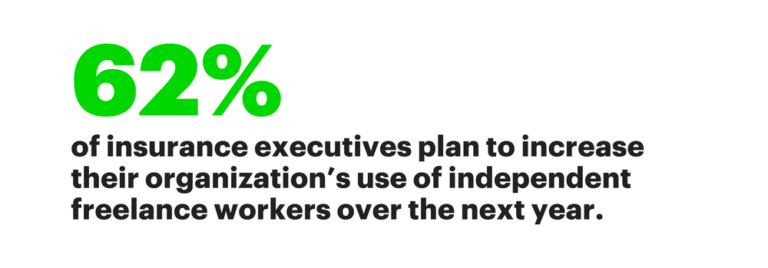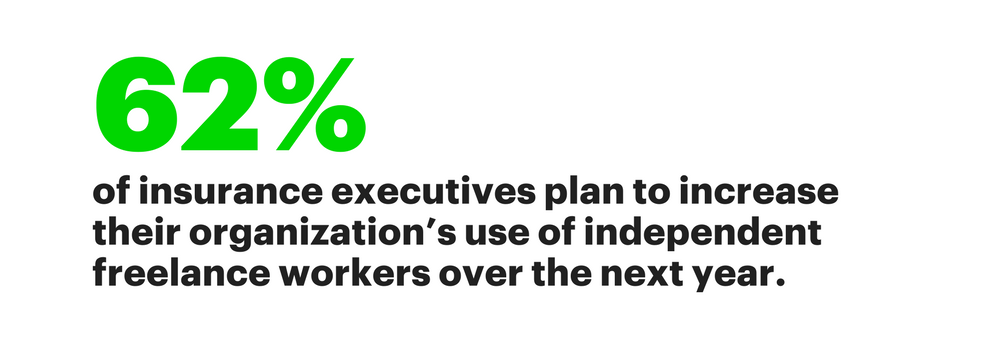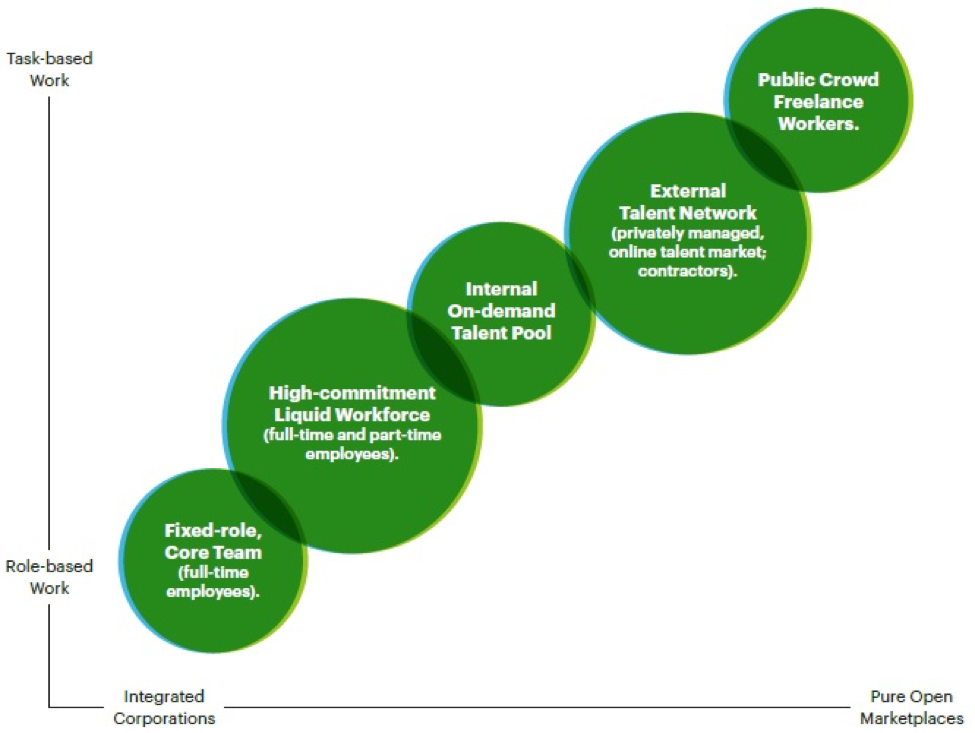
Against the backdrop of digital disruption, life insurers find themselves under pressure to extend innovation into their workforce and corporate structure.
As I discussed in my previous posts on our Technology Vision for Insurance 2017 survey, emerging technologies such as artificial intelligence (AI) and digital platforms are changing the way life insurers do business. In this post, my focus will be on how these trends will affect the insurance workforce.
Facing the talent gap
Life insurance is on the cusp of a skills crisis:
- The industry is struggling to attract “born digital” professionals.
- A vast part of the existing insurance workforce will retire over the next few years.
- The workforce in many insurance organizations lacks skills in digital competencies such as customer experience, analytics and AI.
To meet this challenge, life insurers must reimagine their workplace practices for a generation that expects to find pervasive collaboration technologies at work and that is open to freelance and portfolio careers.
Based on our survey, insurers are keenly aware that they need to rethink their approach to talent:

Labor platforms and collaboration tools provide solutions
Fortunately, a new wave of labor platforms and collaboration tools makes it possible for insurers to efficiently leverage internal skills and the external labor market (the blended workforce) for access to talent-on-demand.
These platforms and tools offer efficient ways for insurers to plug gaps in their own capabilities and to efficiently speed new products or initiatives to market. With matchmaking platforms like Upwork, carriers can complement their long-term traditional workforce with the borrowed skills and experience of external workers.
Some insurers are already leveraging technology solutions that efficiently match the supply and demand for people and skills. In our survey, nearly 30 percent of insurers reported already using labor platforms on a large scale or broadly across their businesses; another 48 percent use them in select business areas.The new global marketplace for skills
The new global marketplace for skills
In future, we’ll see more and more life insurers take a marketplace-like approach, where people from the internal and contingent workforces can be teamed together on-demand from project to project, based on skills, knowledge and staffing needs.
Those that have not started to experiment with workforce platforms can test the waters by using them to access talent in areas where internal skills are in short supply, such as analytics and the digital customer experience. This will allow them to start benefitting from the blended workforce without making major immediate changes to their existing management models.

Trend 3 predictions
- In five years or less: compared to traditional full-time employment, talent marketplaces will provide workers with improved earning opportunities, more rewarding work, secure benefits and respected credentials.
- Within five years, most industries will have new, dominant leaders with business structures based on small cores and powerful ecosystems. Corporations still carrying legacy bureaucratic models will experience deterioration of market power.
- In the next five years, on-demand labor platforms will emerge as a primary driver of economic growth in developed and emerging economies worldwide.
In my next post, I will take a look at how insurers can inspire new behaviors by designing technology for humans.
Until then, take a look at our Technology Vision for Insurance 2017 page.